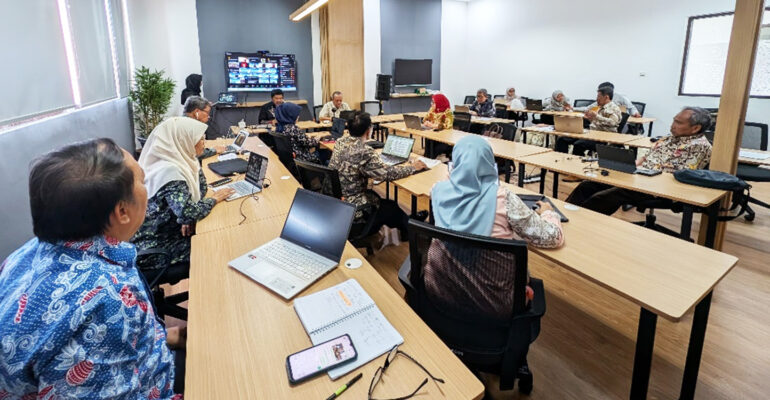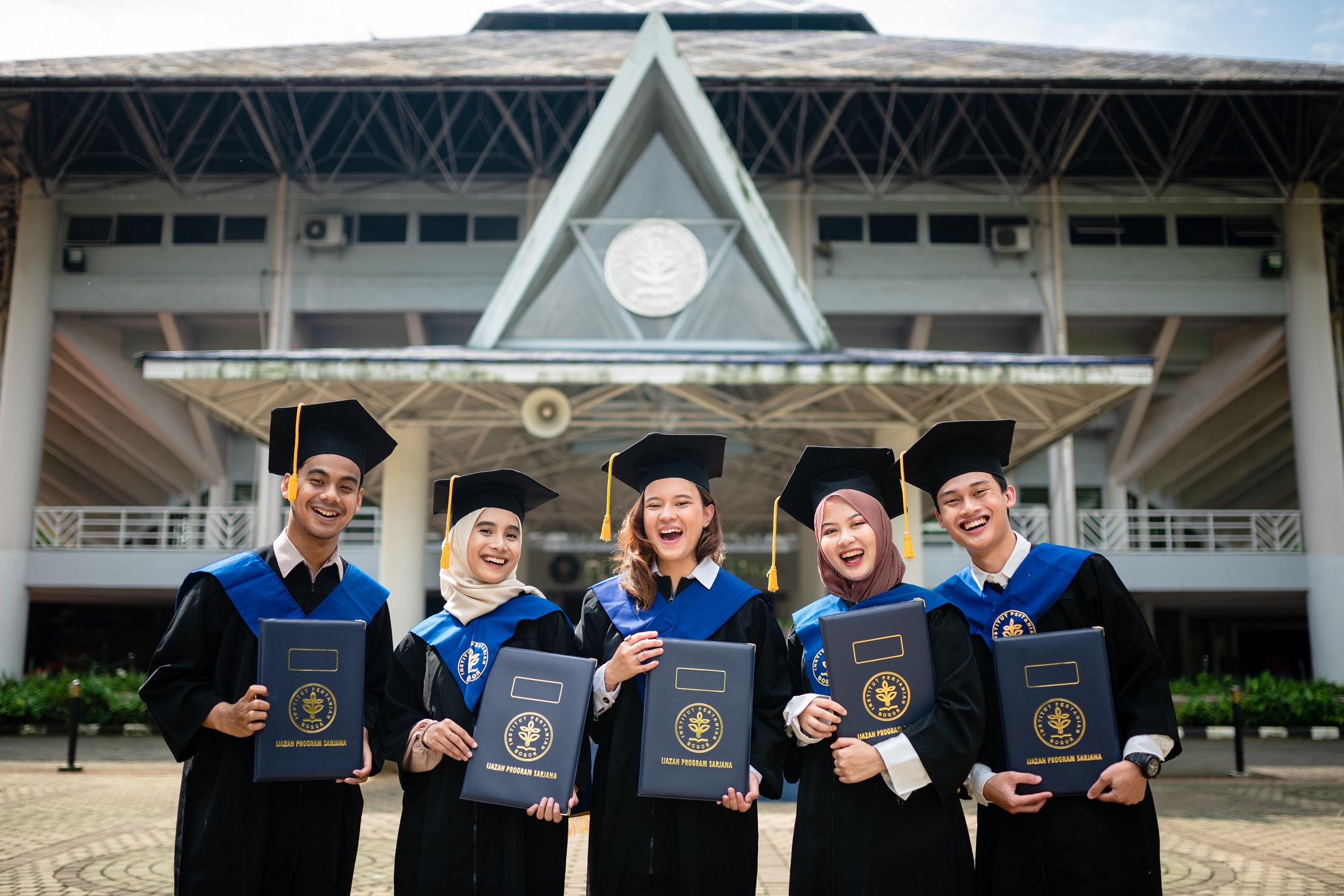What is the Fate of Ex-Mine Land? IPB University Academics Provide Solutions for Its Utilization

IPB University through the Environmental Research Institute and Climate Change (LRI-LPI) and the Center for Mine Reclamation Studies (Reklatam) held a scientific discussion LRI TALK #1.
In this discussion, IPB University academics shared their views regarding post-mining land reclamation strategies so that it can be reused optimally. The event was hosted by the Chairman of Reklatam, Prof Suwardi and Secretary of Reklatam Ir Hermanu Widjaja, MSc Agr.
Vice Rector of IPB University for Research, Innovation, and Agromaritime Development, Prof Ernan Rustiadi in his speech emphasized that the utilization of post-mining land is not only limited to environmental rehabilitation, but must also be directed to support the local economy.
“The transformation of ex-mining land can provide long-term benefits, both in terms of ecology and socio-economy. With a science and technology-based approach, land that has been degraded by mining can be restored to its function, even more productive than before,” he said.
IPB’s Faculty of Forestry and Environment (Fahutan) academic, Dr Irdika Mansur reviewed the importance of a forestry-based approach in mine reclamation. According to him, one of the biggest challenges in mine land reclamation is the selection of plant species that can survive on land that has experienced extreme degradation.
He suggested the agroforestry model as a solution, which allows the combination of forestry and food crops in one reclamation ecosystem.
Meanwhile, IPB Agrogeology Professor, Prof Iskandar highlighted the impact of mining on soil quality. He explained that soils in ex-mining areas often lose nutrients, experience changes in physical structure, and are at risk of containing heavy metals that can be harmful to plants and human health.
Therefore, a soil rehabilitation strategy is needed by using materials such as lime, compost, and biochar to make the soil fertile and safe for agriculture.
In the same session, Prof Budi Mulyanto, Professor of Soil Science and Land Resources of IPB emphasized the regulatory aspect. This is because the current regulations still have overlaps between the authority of the Ministry of Energy and Mineral Resources and the Ministry of Environment and Forestry (KLHK).
In addition, land ownership after post-mining is often a problem in itself, especially for people who want to reuse the land for agriculture and forestry.
According to Prof Budi, the solution to this problem is policy harmonization between various ministries and local governments.
“Regulations must be more flexible and support reclamation efforts that are not only carried out by mining companies, but also by local communities. If the government can provide legal certainty, the community will be more encouraged to participate in the utilization of ex-mining land,” he explained.
Innovation and Technology
Regarding innovation and technology in post-mining land reclamation, Prof Suryo Wiyono, Dean of IPB’s Faculty of Agriculture, discussed the role of microbes in improving soil quality in post-mining areas.
He explained that certain soil microbes can help improve soil fertility and reduce heavy metal content that is harmful to food crops.
“Microbes can function as a natural biofertilizer that can increase plant resistance to extreme conditions. In addition, the use of microbes in the reclamation process is also more environmentally friendly compared to chemical methods,” said Prof Suryo.
In addition to soil restoration, Prof Sulistiono from IPB’s Department of Aquatic Resource Management explained that former mining pits that are filled with water can be turned into freshwater fish farming ponds, such as tilapia and catfish. However, he warned that the main challenge in utilizing ex-mining pits for fisheries is water quality.
“Some ex-mining sites have high heavy metal content, so they need to be treated first before they can be used as fishery ecosystems,” he explained.
Meanwhile, Ir Murdianto, MS emphasized that socio-economic aspects in reclaiming ex-mining land must also be a major concern. The involvement of local communities in the reclamation process can have a wider impact on sustainable development.
“Reclamation is not only limited to improving environmental conditions, but must also provide added value for the surrounding community. If the community is empowered in the management of reclaimed land, reclamation will be more sustainable and provide a real economic impact,” said the lecturer at IPB’s Faculty of Human Ecology.
In closing, the Chairman of LRI-LPI IPB University, Prof Rizaldi Boer, emphasized that efforts to reclaim ex-mining land must be a common agenda. A multidisciplinary approach is needed to make the reclamation process more effective.
“We hope this discussion will be the beginning of closer collaboration in creating innovations and policies that support the utilization of ex-mining land. This land transformation not only aims to restore the ecosystem, but also to create added value for the community,” said Prof Rizaldi.
He also emphasized that LRI-LPI IPB University will continue to encourage research and innovation in the field of mine reclamation, including the development of more environmentally friendly technologies and more adaptive policies. (IAAS/LAN)



